Seed Quality from Two Perspectives
Seed quality matters, whether you are a home gardener, small-scale grower or large farmer; whether you buy all of your seeds, save some for next season or a combination, this information can help you be better informed, make better choices and buy more wisely.
The marriage of the concepts of heirloom seeds and seed saving is not new by any means, but rather one that has been growing and gaining ground in the past several years. For some, this is a welcome return to a more traditional method of agriculture, while others use heirlooms for their flavor and diversity to improve the breadth of their products and offerings to the public.
Cindy and I have been home gardeners for 18 years and involved with soil restoration and rangeland improvement projects with local ranchers for 20 years. Our interest in food, especially good food, goes back a bit further than that! Our appreciation for seed quality and seed saving came from both our work with soils and interest and enjoyment of good food. Tasting the flavors of our garden produce sparked the interest of how to keep those characteristics that the seed produced for the future, to be able to enjoy them and share with others. Thus our seed saving education began.
Several years after taking over, refining and expanding an established family owned heirloom seed company of 20 years, we’ve gained knowledge from the differences and similarities in seed quality, production and seed saving from these two different perspectives. We want to share some of these with you; along with lessons we’ve learned along the way that can help improve everyone’s seed quality.
We will work from a point-to-point framework, showing the goals, concerns, differences, and similarities in both types of seed production and preservation approaches.
The foundational goal is the same for both the home gardener and seed company – having a sufficient quantity of high-quality seed stock of each variety needed for next year that is pure and true to type. This sounds simple enough, but in practice is not always easy to accomplish for either one.
We are approaching this from a seed quality standpoint, not just a seed saving one. Saving seed is fairly simple to do, but the results from planting those seeds can be very mixed; without a basis of understanding of seed quality, people can be disappointed and confused as to why they got the results they did. Both the home gardener and the seed company must understand seed quality to be successful in their respective endeavors.
Goals
Let’s look at the goals and concerns from both points of view:
The home gardener might state the reason for saving seeds as, “Enough seeds for next year’s planting, reduce the amount of seeds needed to buy, take advantage of selection and adaptation to achieve better production in our local climate.” These reasons are the very roots of why home scale seed production is important on a local and regional scale. A diversity of varieties are kept alive that are simply not possible on a national scale, as some regional adaptation can only happen in a small geographical area and won’t be applicable to a larger audience, but are no less important for the local people in that area.
As a seed company, our goals might be, “Produce a sufficient quantity of enough varieties and volume of seed to sell next season, introduce several new varieties, provide a wider selection for gardeners than they can produce themselves and provide a high-quality standard that maintains our reputation.” This reflects how the seed industry started, by offering varieties that were new, unusual or were not available in an area and offering a professional standard of germination and production that benefitted the gardener and grower.
These are similar goals, but on completely different scales and for different results. Their achievement and success depends on how the concerns or challenges are recognized and approached. We have economies of scale as a seed company with our network of growers, but the home gardener has some advantages that we would have a hard time taking advantage of, like keeping a locally adapted regional variety alive.
There are no one-size-fits-all best solutions to the availability of quality seed. A resilient, robust and diverse seed and food economy require home gardeners, regional and national seed exchange programs to participate alongside independent seed companies to contribute all of their unique advantages and skills. Only in this way can the full expression of the diversity and adaptability of open-pollinated seeds be realized and utilized. This might be considered the definition of seed quality!
An obstacle for the home gardener used to be the lack of access to solid, proven and reliable seed saving information and resources. There were lots of introductory articles, booklets, and classes on seed saving, but little in the way of intermediate or advanced classes, books, forums or articles for the home gardener. Thankfully, this is not the case anymore, as the internet has given the home gardener access to more detailed and advanced information.
A few examples are Seed Savers Exchange, an excellent resource for the home gardener to learn from and exchange seed stock with. There are also online resources usually used by seed professionals but accessible by anyone such as GRIN, the Germplasm Resources Information Network of the USDA and PFAF, Plants for a Future. There are several books available that are excellent in their education of producing seeds; one is “Seed to Seed” by Suzanne Ashworth that has been one of the standards for seed production and saving for over 20 years. Another newer one is “The Complete Guide to Saving Seeds” by Robert Gough & Cheryl Moore-Gough, which covers flowers, trees, and shrubs.
In addition to the above-mentioned resources, as a seed company, we have access to our growers and other professionals – a group of experienced food and seed producers who have learned through years of training, experience and trial-and-error how to produce the best seeds to continue the traits and characteristics of each variety they grow. These resources are closely guarded, as a highly experienced seed grower is a very valuable resource for any seed company.
Challenges
When looking at the challenges of producing high-quality, viable seed in enough quantities for next year, both the home gardener and seed company face similar concerns. Seed quality should be the primary concern for both. Without high quality, true seed there would be too much variability in all aspects of agriculture, from seed germination, growth, health, pest and disease resistance, food production and the harvesting of more seed. The quality is achieved through proper management, isolation, harvesting, and testing ensuring the viability, vigor and growing true to type of next year’s seed crop.
Management methods
Management for the home gardener starts with the decision of how many plants to use for seed production as opposed to food production, which can be quite different. Ripe vegetables often have immature seeds, while mature seeds are normally found in inedible, overripe or almost rotting vegetables. Some varieties can produce both food and seed by simply letting chosen specimens ripen and mature their seeds on the vine or bush, while the rest are harvested for food, such as a perfect tomato tagged to let ripen for its seeds. Others will need to be kept solely for producing seed, such as a lettuce plant that needs to be allowed to bolt to set seeds.
Minimum Viable Population
A sufficient number of plants, called a minimum viable population, should be used to avoid a genetic bottleneck or the loss of genetic adaptability and diversity that inevitably occurs over time. Sometimes this is hard for the home gardener to do, as often there isn’t enough space for the population needed while allowing for other vegetables to be grown. Our tomato example serves here, as the minimum viable population is 100 plants, way too many for most home gardeners. The rule of thumb is that outcrossing varieties such as tomatoes need 100 plants as a minimum genetic population, while inbreeding ones like peppers need 20 plants. So what is a home gardener to do?
Even modest home garden seed production often results in much more seed than one gardener will use in several years. One very effective solution is participation in member to member seed exchanges either locally, regionally or nationally. This has the dual benefit of introducing a greater amount of genetic diversity to overcome a smaller plant population from any one garden while dispensing extra seed.
As a seed company, this concern is overcome by the number of plants needed to produce the quantity of seed for next year’s sales, and most seed growers who are also food producers have separate fields for seed production, so there is no conflict with seed vs. food growing.
Isolation and Selection
To keep seed quality high, isolation and selection are both used as part of quality management. Isolation simply means keeping two similar varieties, such as peppers, from cross-pollinating. Selection chooses the most desirable characteristics to save seed from or removes undesired characteristics from the seed producing population.
Isolation methods can be time, distance or physical. The time method is simply planting two cross-pollinating varieties at different times so that they aren’t flowering at the same time. Distance isolation involves planting far enough apart so that the pollen or pollinators cannot reach each other. Physical barriers prevent the spread of pollen from one plant population to another by cages, pollen sacks or socks, a thorough but time and labor-intensive approach.
Home gardeners often use time isolation by either planting at different times during a growing season, or only planting one variety each season. Distance isolation can become a challenge, depending on the size of the garden or property. Usually, only very dedicated seed savers will use physical barriers.
Our seed company utilizes a network of seed growers to solve the different seed crop isolation requirements. Time isolation is used by those with longer growing seasons while larger growers use the distance approach, having the needed space on their properties. Another solution is several growers producing different seed varieties at the same time. Physical isolation is used extensively when correcting undesirable traits in a variety, during grow-outs to re-introduce a new or rare variety or for traditional seed breeding and stabilization.
Selection is another aspect of quality management in seed production, with two approaches – negative and positive. Negative selection, or rogueing, removes undesirable aspects, characteristics or traits from the seed producing population to maintain the established variety. An example of this is a potato-leaved tomato. Any regular-leaved tomatoes growing in the row would be removed as undesirable for that particular tomato’s characteristics. Another might be the color of the flowers of a vegetable – the purple ones would be removed, as yellow is the color of the correct characteristics. Positive selection involves saving seed with desirable aspects, characteristics or traits such as a large, sweet, striped, early paste tomato. Positive selection over a period of a few years is how local adaptation can be enhanced for the home gardener, and new varieties brought onto the market for seed companies.
Both the home gardener and seed company grower would over-plant slightly to account for selection losses, and perform the selection process as part of their daily gardening and inspection activities.
Germination Testing and Trialing
Two final aspects of quality seed management are germination testing and trialing or grow-outs, which give proof of the seed sprouting quickly with lots of vigor and growth energy, growing true to type with weather tolerance, disease resistance and good production amount. This becomes “the proof in the pudding”, as it shows any weaknesses and confirms the desired characteristics of the variety being produced.
The home gardener can easily test the germination of the current crop of seed early in the winter, as most seed needs to dry completely and age a few weeks before showing the best germination. For most crops a moist paper towel in a sealed plastic bag works very well to test germination. The grow-out can be as a food crop next year so that the production and garden space are not wasted.
We as a seed company will either have the germination tests performed by the grower so that any issues can be addressed before the seed is shipped to us, or we will perform them once we receive the seed from our smaller growers. Either way, all of our seed is tested for germination prior to being sold to our customers. Next spring’s grow-out will be done either by us or the grower, depending on the grower, the seed variety and seed volume.
There are those that would argue that the heirlooms we have today are the result of families saving their seeds and passing them down from generation to generation. This is partly true, but only partly. We have the abundance of heirlooms today thanks to the families that saved them, the local and regional seed exchanges that helped keep them alive and the seed companies that grew them out, advertised them to a wider audience and sold them across the country.
Aunt Ruby’s German Green tomato is a perfect example – grown in northern TN for over 200 years, passed to a great-grandniece, they would have been lost if they hadn’t been passed to Bill Minkey who donated them to Seed Savers Exchange. They grew the seeds out, told their story and they survive today because of that collaboration. Another excellent example is that of the Concho chile from northeastern Arizona. It was grown in the tiny town of Concho, AZ for several hundred years after being traded by the Espejo expedition in 1563 to the local Hopi Indians. Around 2000 it was almost extinct with only a couple of families continuing to grow it. A local lavender farm resurrected it and shared the seeds with us, and we have helped it to reach all across North America and several other countries.
It took the effort of everyone – the gardener, the seed exchange and the seed company to keep these and many other heirlooms alive; one alone wouldn’t have been able to do it. This is the circle of life of the seed, along with those who care for the seed.
This article was originally published in the January 2014 issue of Acres USA magazine!

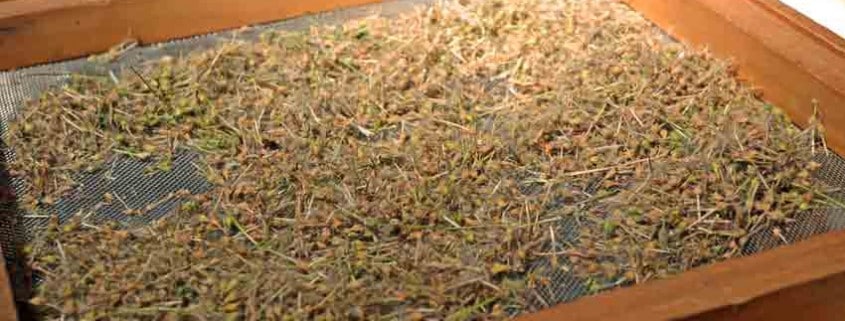
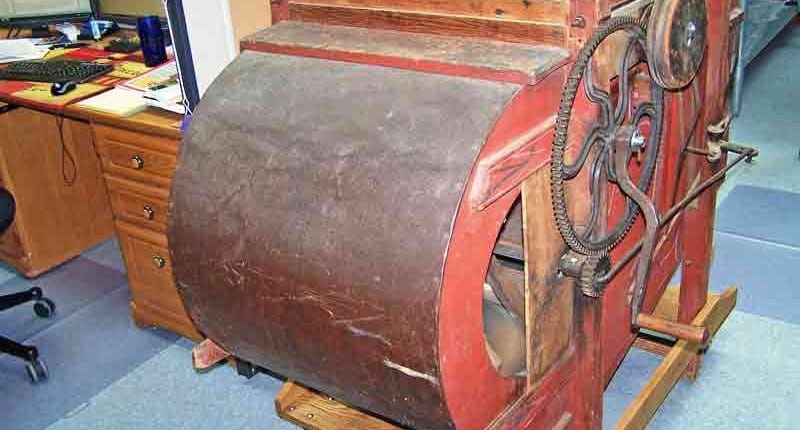
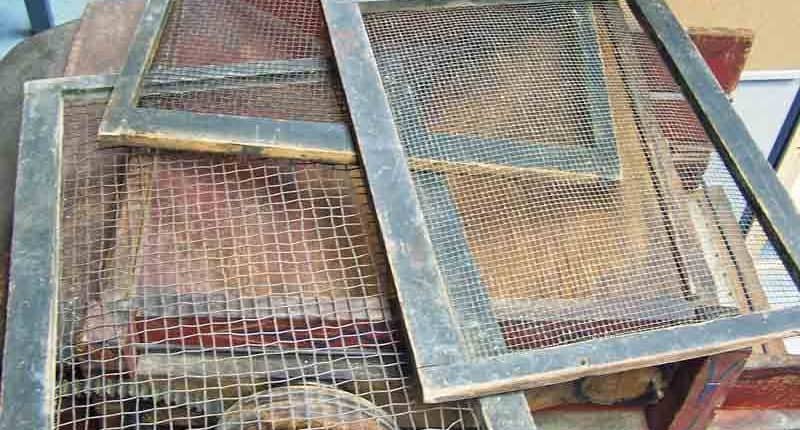

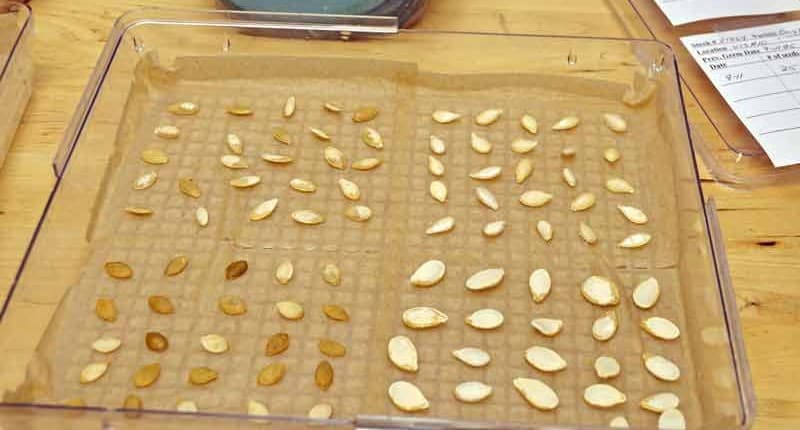
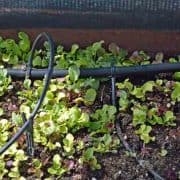
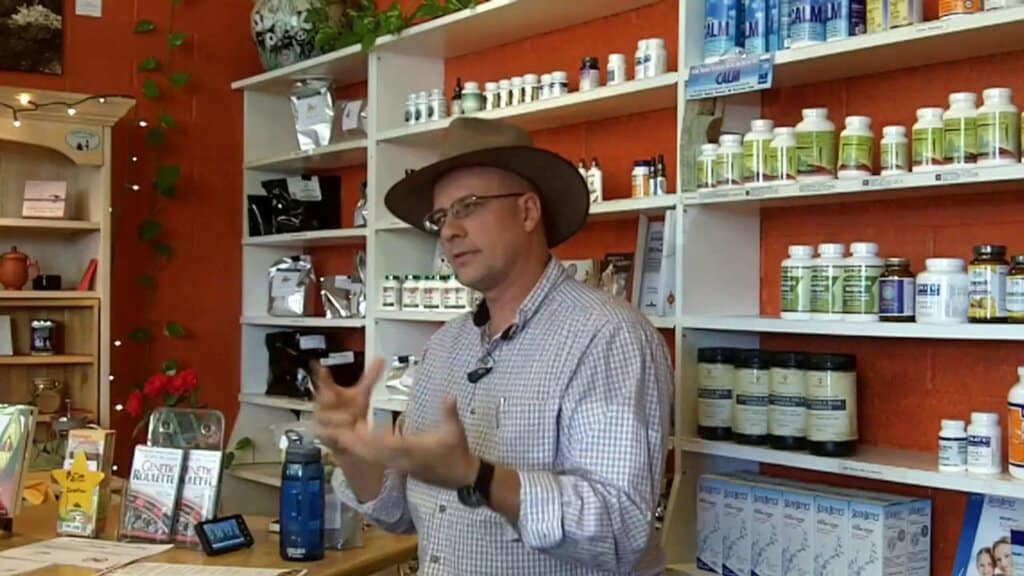


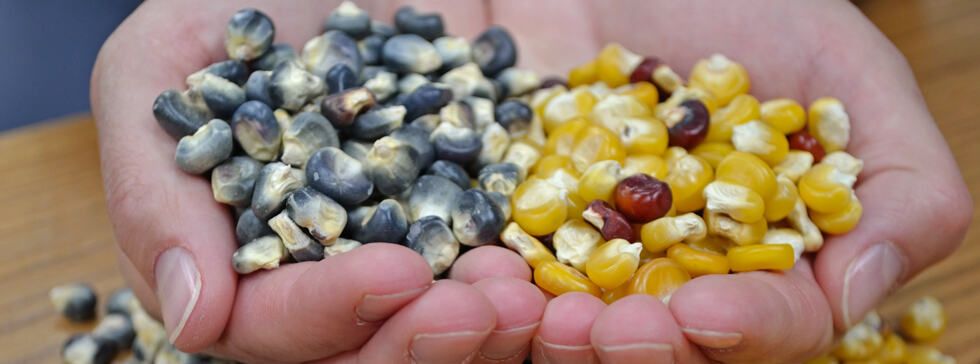
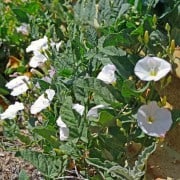

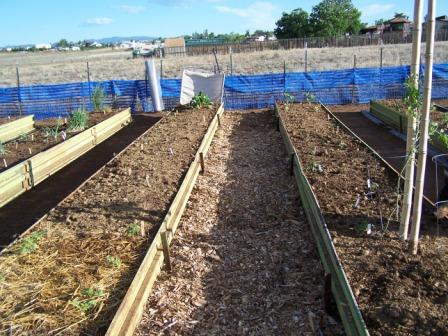
Trackbacks & Pingbacks
[…] Read the article here! […]
Leave a Reply
Want to join the discussion?Feel free to contribute!